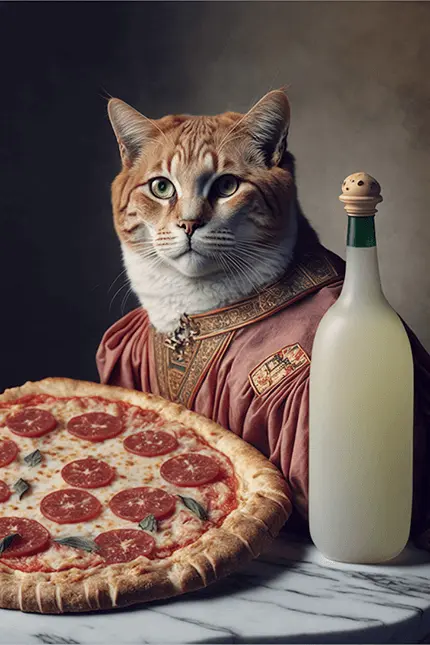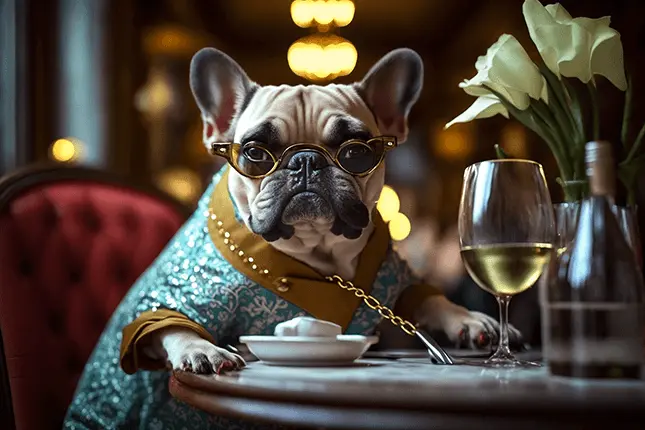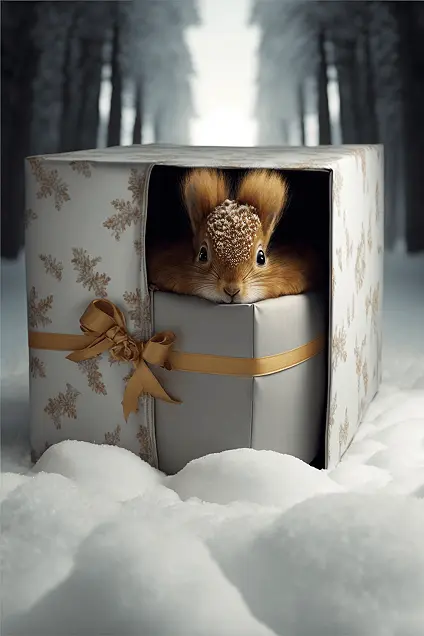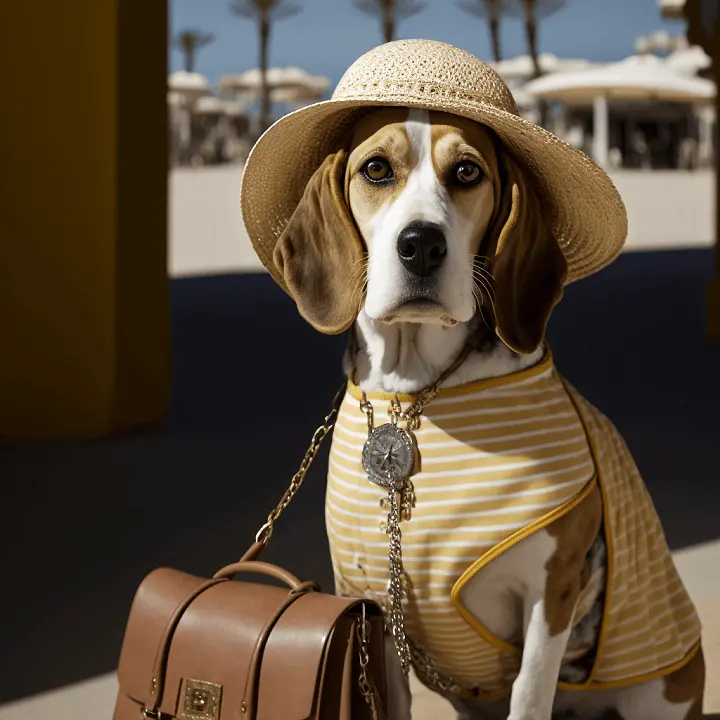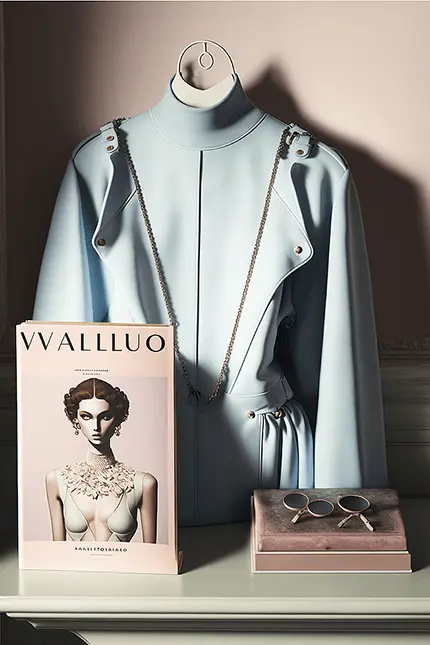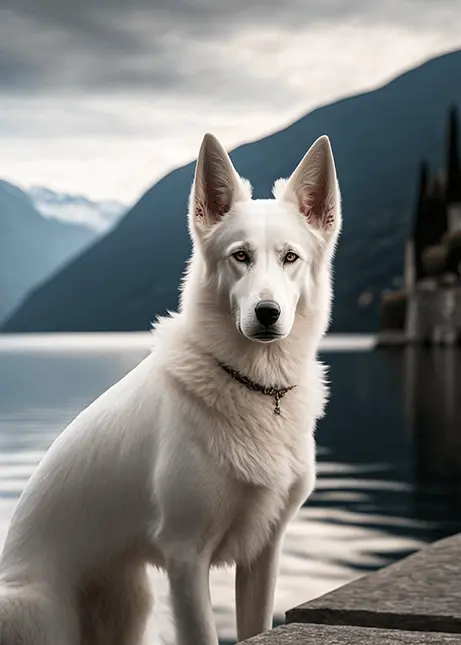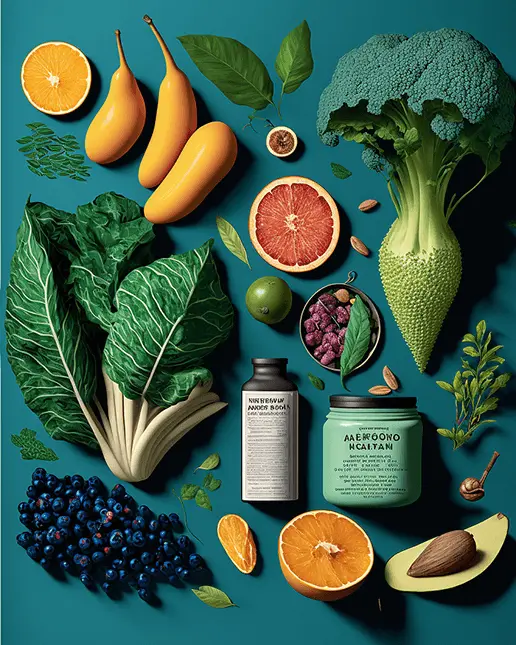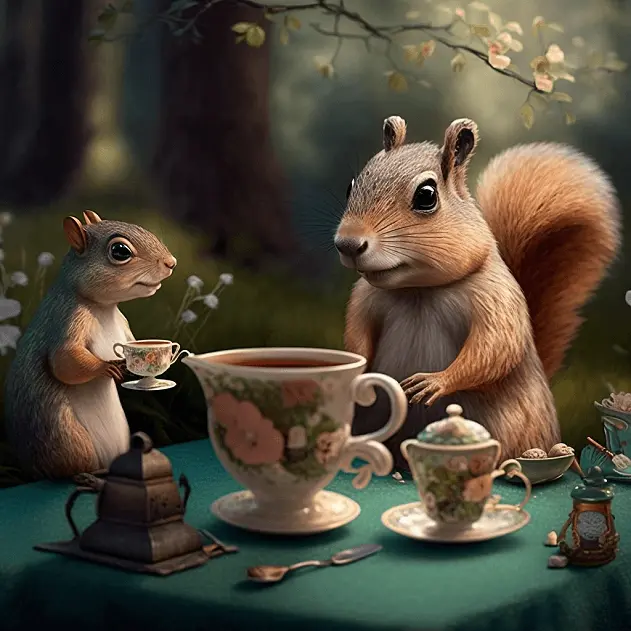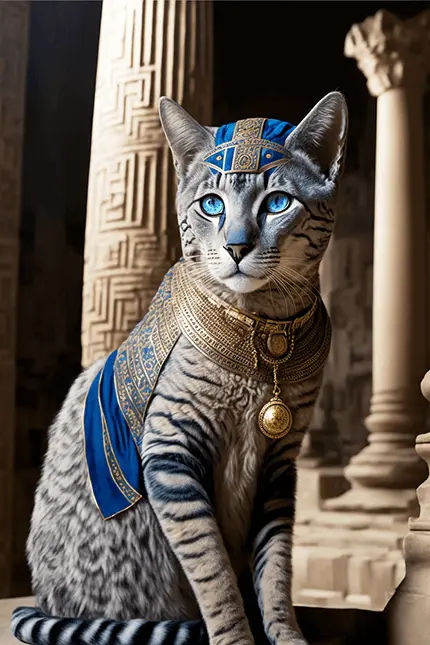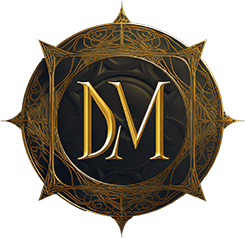AI Art Generator Technology
Plus, A Complete List of The Best AI Art Generators & How To Use Them
AI art generator technology, or AI art generators, are artificial intelligence software (a.k.a. computer programs) that use different technologies to create visual art, music, fashion, video, architecture, and more. Though AI art generators can create a variety of artworks, the term typically refers to visual or graphic art generators such as Dalle-2 or MidJourney.
Artificial intelligence art generators are computer programs that use a variety of different technologies to create AI art. Most commonly, they use algorithms that take in various inputs and output different pieces of digital art.
For example, an AI art generator might take in images or audio samples and use them as inputs for its algorithms, which then generate unique, digital art pieces based on those inputs.
AI art generators employ machine learning and deep learning algorithms to generate their art. These algorithms are trained on large datasets of digital images, audio samples, or other data, which helps them learn how to generate creative and interesting artwork.
Many AI art generators use generative adversarial networks, or GANs, which involve two neural networks competing against each other in order to generate art that is as realistic and complex as possible.
By continuously running their algorithms and sometimes, making modifications based on user feedback or other inputs, ai art generators are able to create unique works of art, often with a level of complexity and detail that is rarely achieved with classic techniques, especially within traditional time constraints.
Are you interested in creating art with the help of artificial intelligence? If so, then you’ve come to the right place. In this comprehensive guide, we’ll discuss what an artificial intelligence art generator is and how it works, along with the benefits and strategies for creating your own art with AI. We’ll also explore the best platforms and services available for working with AI art generators, as well as tips and courses to help you get started. So, let’s dive in and take a look at artificial intelligence art generators.
- March 18, 2023
- Dagmara Mach
What is an Ai Art generator?
An AI art generator is a computer program that uses artificial intelligence techniques such as machine learning, computer vision, and natural language processing to create images, music, or other forms of artistic expression. These systems can generate artworks autonomously, without human intervention, or they can be guided by human input to produce more specific outcomes.
The most common types of artificial intelligence art generators are text-to-image and/or image-to-image generators (e.g. Midjourney AI), which use an input prompt to generate a still graphic within the provided parameters.
AI art generators typically rely on data sets of existing images or other artworks as input, using algorithms to analyze the patterns and structures of the input data. The algorithms then use this information to create new images that incorporate the characteristics and styles of the original input data.
AI art generators can be trained to mimic specific artists or styles, as well as designed to generate completely new and unique forms of art. In either case, the results can be stunning and surprising, as the algorithms may create images or sounds that humans would never have thought of.
AI art generators are used in a variety of creative fields, including visual arts, music, and fashion design. They are also used in scientific research, where they can help analyze complex data sets and generate new insights into complex systems.
AI art pushes the boundaries of what we consider to be a creative expression and challenges us to think about the role that machines can play in the artistic process.
The history of AI art generators can be traced back to the early days of computer art in the 1960s and 1970s. At that time, artists and computer scientists began experimenting with algorithms that could create images and other visual representations using computer code.
One of the earliest examples of AI-generated art was the work of Vera Molnar, a Hungarian artist who began creating algorithmic drawings in the 1960s. Molnar used mathematical formulas and computer programs to generate intricate geometric patterns, creating art that was both precise and expressive.
In the 1980s and 1990s, artists and computer scientists continued to explore the possibilities of AI-generated art, using new techniques such as neural networks and genetic algorithms to create more complex and sophisticated artworks. Some of the most notable examples from this era include the work of William Latham and Karl Sims, who used genetic algorithms to generate 3D sculptures and animations.
In the early 2000s, the rise of machine learning and deep learning techniques revolutionized the field of AI-generated art. Artists and researchers began using neural networks to analyze large data sets of existing artworks and generate new images that mimicked the styles and techniques of those works. Some of the most famous examples of this approach include Google’s DeepDream algorithm and the work of artist and researcher Mario Klingemann.
In recent years, AI art generators have become increasingly sophisticated, with many systems capable of generating completely original artworks that go beyond simple mimicry of existing styles. Some of the most exciting developments in this field include the use of reinforcement learning to generate music and the creation of AI-generated fashion designs using generative adversarial networks (GANs).
Collaboration between artists, computer scientists, and machine learning experts makes Ai art possible. As the technology continues to evolve and improve, we can expect to see even more exciting and innovative artworks created using these powerful tools.
The types of visuals created by AI art generators can vary widely, depending on the techniques used and the goals of the artist or researcher. Here are some of the most common types of visuals that are created using AI art generators:
Style transfer images: Style transfer is a popular technique used in AI-generated art, where an algorithm is used to transfer the style of one image onto another image. This can result in visually stunning images that combine the content of one image with the style of another. Style transfer can be used to create images that mimic the styles of famous artists, such as Van Gogh or Picasso, or to create entirely new styles.
Abstract images: AI art generators can also be used to create abstract images that are not based on recognizable objects or scenes. These images often feature complex patterns, shapes, and colors that are generated by the algorithm based on input data or pre-existing styles.
3D models: Some AI art generators are capable of generating 3D models, which can be used to create sculptures, animations, or virtual reality environments. These models can be created using genetic algorithms or other techniques that simulate evolutionary processes.
Photorealistic images: AI art generators can also be used to create photorealistic images that are difficult to distinguish from photographs. This is often achieved using generative adversarial networks (GANs), which pit two neural networks against each other to create highly realistic images.
Video and animations: AI art generators can also be used to create videos and animations that are based on input data or pre-existing styles. These can range from simple animations to complex virtual reality environments that are indistinguishable from real life.
Today, the types of visuals created by AI art generators are limited only by the creativity of the artists and researchers who use them. As the technology continues to improve, we can expect to see even more innovative and exciting visuals created using these powerful tools.
AI art generators are not just used for creating art; they can also be used to analyze existing art. AI art generators can be used to identify features in a work of art, such as color, composition, and overall style. They can also be used to analyze the sentiment of a work of art, such as whether it is happy, sad, or neutral.
AI art generators are an increasingly popular form of technology, and they are becoming more widely used as they require minimal setup and are accessible to everyone, from professional artists to hobbyists.
- artbreeder.com
- avatarai.me
- canva.com
- craiyon.com
- creator.nightcafe.studio
- creativefabrica.com
- deepai.org
- dream.ai
- dreamlike.art
- deepdreamgenerator.com
- fotor.com
- hotpot.ai
- hypotenuse.ai
- jasper.ai
- mage.space
- midjourney.com
- myheritage.com
- neural.love
- nightcafe.studio
- openart.ai
- openai.com
- photosonic.writesonic.com
- profilepicture.ai
- simplified.com
- starryai.com
The different types of AI art generators, each have their own unique capabilities and limitations.
Whereas certain AI art generators use pre-trained models to generate images based on a specific set of rules and parameters, others rely on neural networks to learn and adapt to new styles and artistic patterns.
AI art generators can generate art from text inputs, which is known as text-to-image generation, as well as from image inputs and a combination of text, image, and code inputs.
AI art generators are not capable of creating art that is identical to human-created art. The art that is generated by AI art generators is unique and has its own aesthetic.
Additionally, as with all technologies, some AI art generators are free to use and some are not, you need to purchase or subscribe to use them.
Some AI art generators can create art based on a specific subject or theme, while others generate completely abstract and unpredictable images.
AI art generators can be used to ideate, graphic design, as well as to create digital art visual effects for film, video games, advertising, fashion, and architecture.
Benefits of AI Art Generators
There are many benefits to using an AI art generator. First and foremost, they are a great way to create art quickly and easily. AI art generators can also generate art in a variety of forms, from images to videos to music. This makes them ideal for quickly creating art for projects, presentations, or other purposes.
In addition, AI art generators can help to save time. Since the AI does the majority of the work, users don’t need to spend hours working on a piece of art. AI art generators can generate art in a fraction of the time it would take to manually create it.
Finally, AI art generators can help to reduce the cost of creating art. Since the AI does most of the work, users don’t need to hire artists or buy expensive software. This can save a lot of money in the long run.

AI Art Generator Strategies
When creating art with an AI art generator, there are a few strategies that can help you get the most out of the technology. First, it’s important to have a clear idea of what you want to create. Before using an AI art generator, take some time to brainstorm ideas and create a plan for your art.
Next, it’s important to experiment with different settings. AI art generators have a variety of settings that can be adjusted to create different types of art. Experimenting with different settings can help you find the best results for your project.
Finally, it’s important to keep an open mind when creating art with an AI art generator. AI art generators can create art that is outside of your comfort zone, but that doesn’t mean it’s bad. Try to keep an open mind and be willing to explore different types of art.
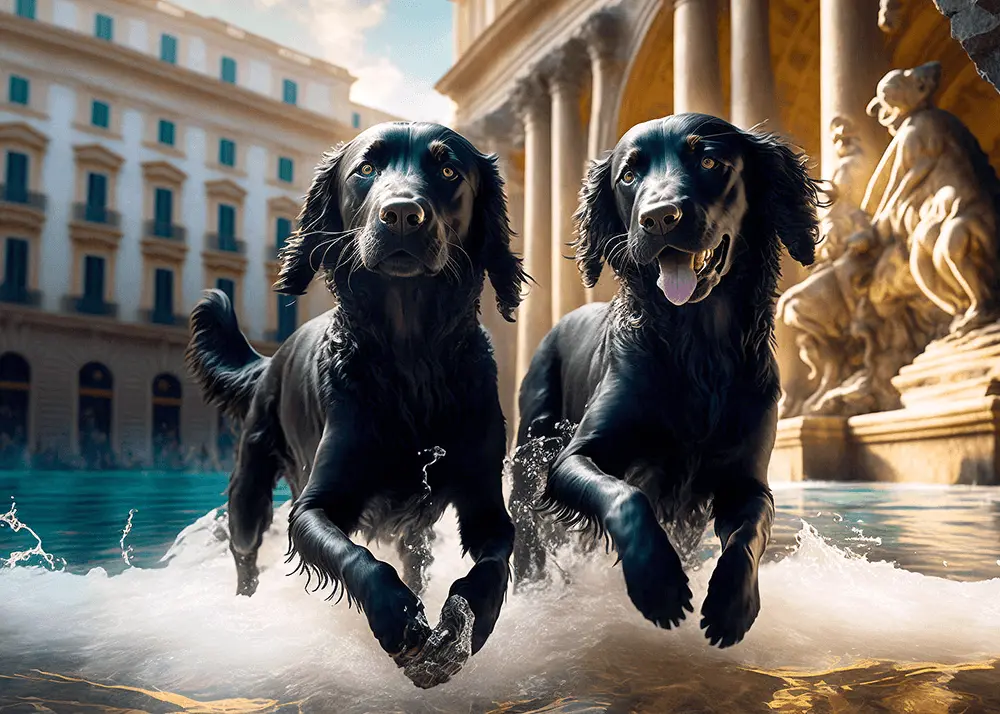
AI Art Generator Tips
When creating AI art, there are a few tips that can help you get the most out of the technology. First, it’s important to be patient. AI art generators can take some time to generate art, so it’s important to be patient and give the technology time to do its job.
Next, it’s important to be creative. AI art generators are only as good as the input they are given, so it’s important to be creative and think of new ideas for art.
Finally, it’s important to experiment. AI art generators can generate a variety of art, so it’s important to experiment with different settings and inputs to find the best results.
The best ai art generator is MidJourney ai.
MidJourney ai has an easy to use Discord interface, a free version and multiple paid plans that organize your feed and allow you to text directly with the chatbot.
It also generates the best and highest quality image outputs from text, while offering the most versatility as far as input prompts and the ability to build on and add detail to your initial image output in various iterations.
One example of how MidJourney differentiates itself on input prompts is that MidJourney allows you to input images as prompts, which gives you the option of using existing art in addition to text.
To learn how to use MidJourney AI checkout their Quick Start Guide Here
Based on MidJourney’s website, the MidJourney AI art generator appears to utilize a combination of AI and machine learning techniques to generate images.
Their AI-based image generator is able to create images from text descriptions, and they also claim to use “advanced neural networks” to generate images. They also state that they use a proprietary algorithm to generate images, which suggests that they may be using a unique combination of technologies and techniques that are not commonly used in the industry.
Deep Dream is Google’s ai image generator and you can use it out for free here
An AI art generator uses machine learning algorithms, specifically a type of neural network called a generative model, to generate new images.
The process generally involves training a neural network on a large dataset of images, such as photographs, illustrations, or artwork.
During the training process, the neural network learns to recognize patterns and features in the images, such as color, texture, and shape.
Once the neural network is trained, it can be used to generate new images that are similar to the ones it was trained on.
There are different types of generative models, such as Generative Adversarial Networks (GANs) and Variational Autoencoders (VAEs), that can be used to create AI art generators.
The most common way to generate new images is to provide the AI art generator with a random input, called a noise vector, and then use the neural network to map that input to an image.
The generator will then produce an image that looks similar to the training data but is new and unique.
Some AI art generators also allow you to input text, images or other prompts to guide the generation process.
This can be useful if you want to create variations of an existing image or create images that match a specific theme or style.
The quality and realism of the generated images depends on the size and quality of the training dataset, the architecture of the neural network, and the quality of the input provided.
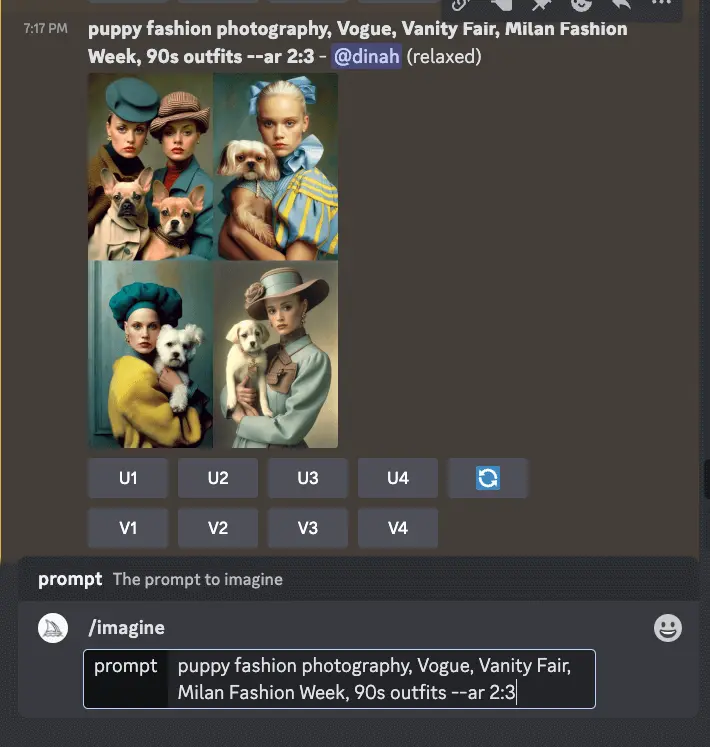
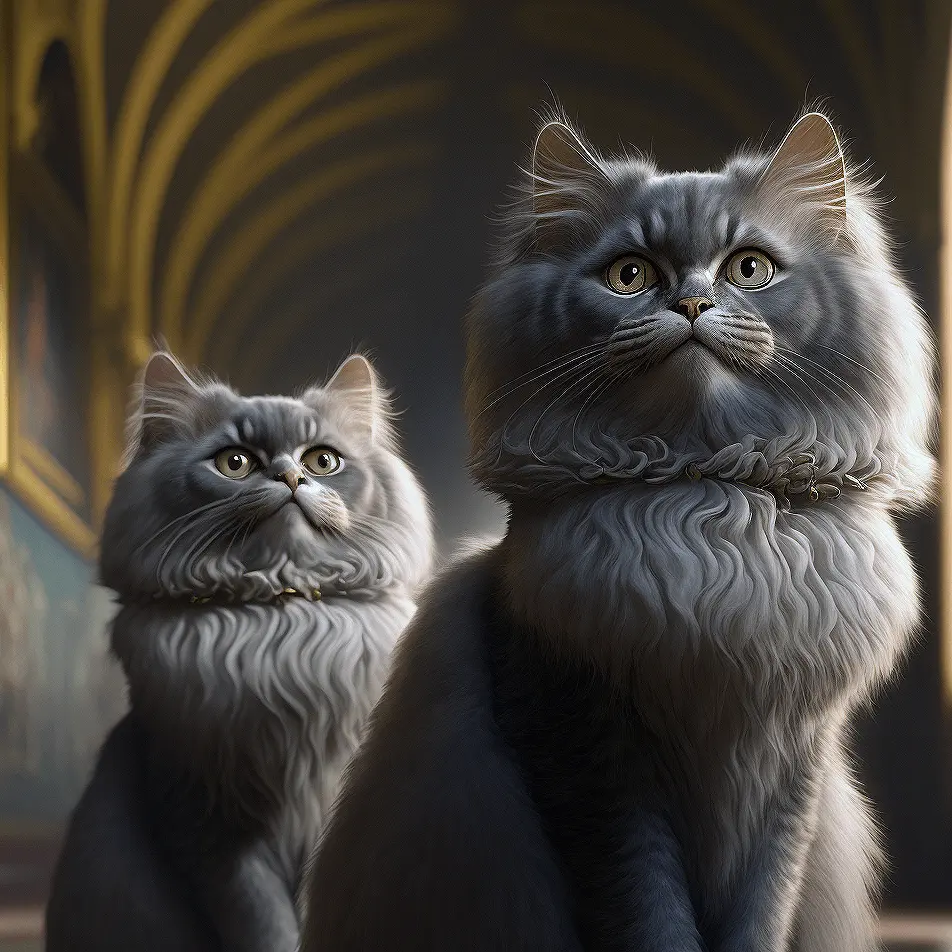

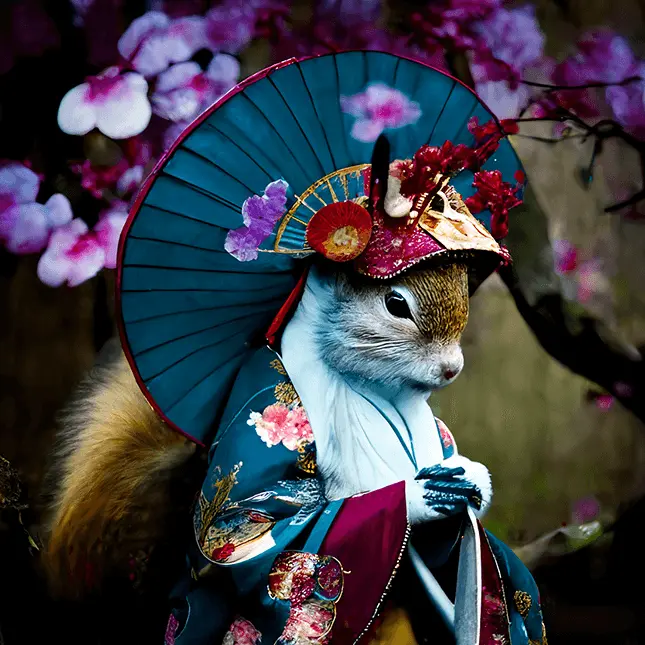
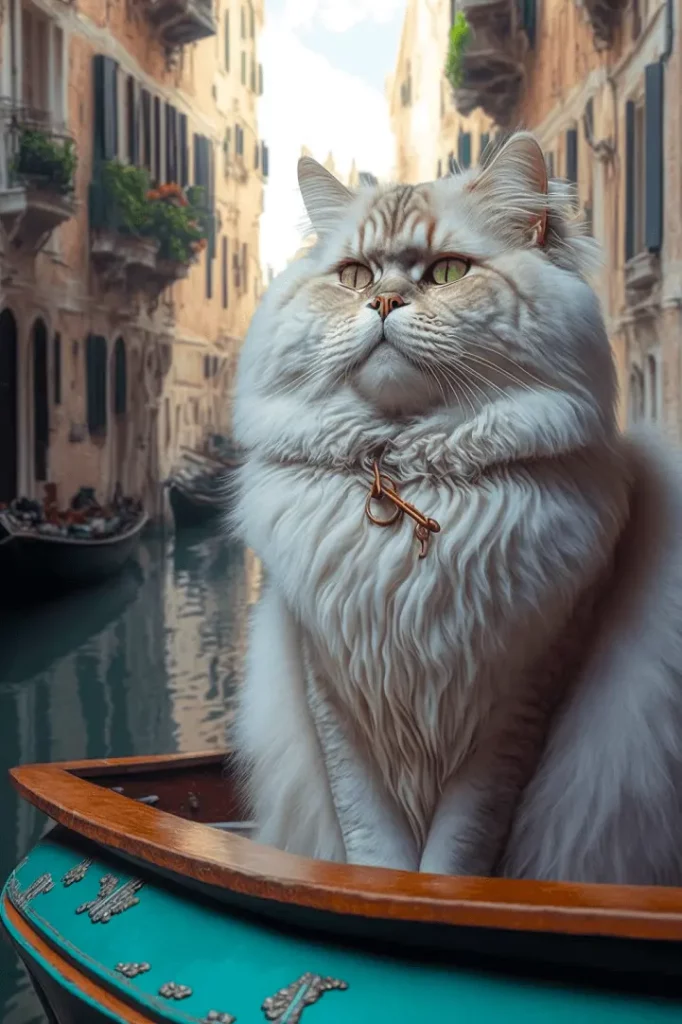
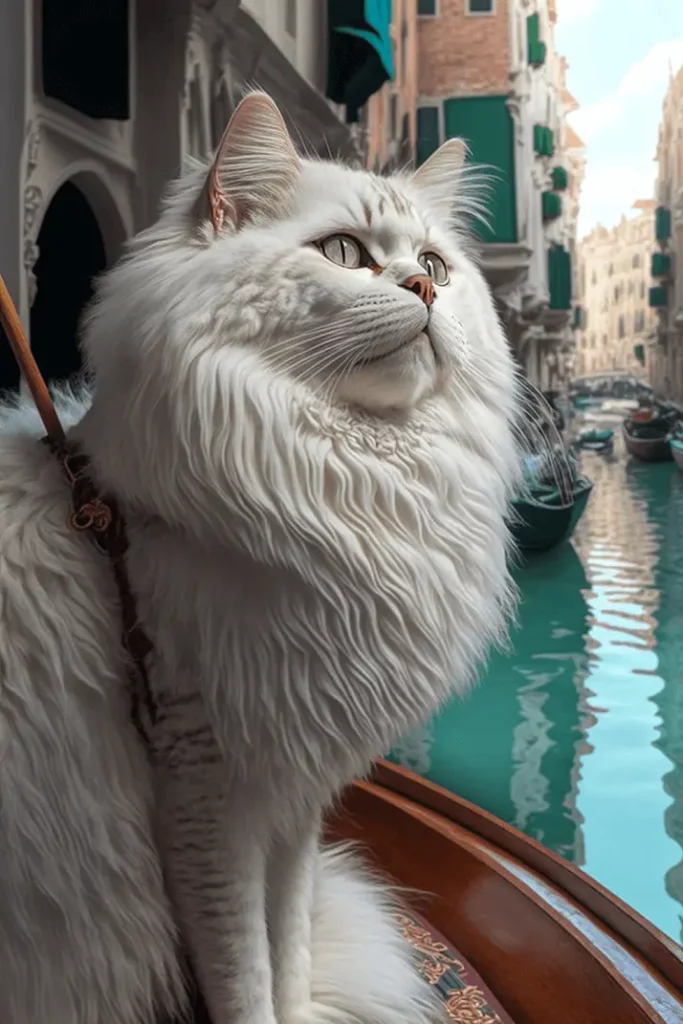
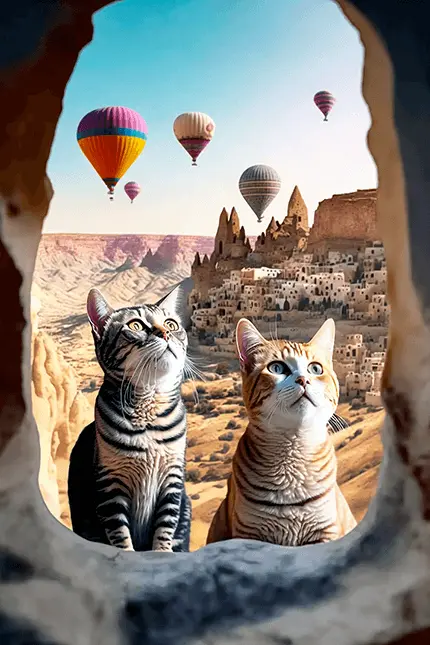
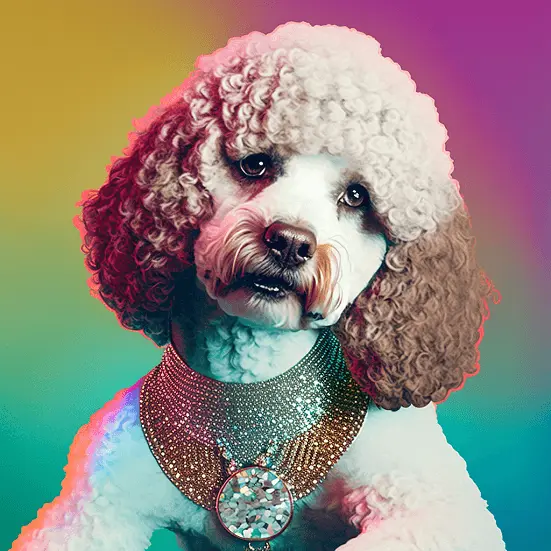

Courses for Working with AI Art Generators
In addition to the platforms mentioned above, there are also a variety of courses available for working with AI art generators. These courses range from introductory courses to more advanced courses, and they can help you learn the basics of working with AI art generators.
One of the most popular courses is the “AI Art Generator Masterclass”, which is a comprehensive course that covers the basics of working with AI art generators. This course covers topics such as data preparation, AI algorithms, and creating art with AI.
Another popular course is the “AI Art Generator Deep Dive”, which is a more advanced course that covers topics such as deep learning, image processing, and creating art with AI.
AI Art Generator Services
In addition to the platforms and courses mentioned above, there are also a variety of services available for working with AI art generators. These services range from basic services, such as art creation and analysis, to more advanced services, such as AI model training and AI art gallery creation.
For those interested in basic services, such as art creation and analysis, there are a variety of companies that offer these services. These companies include Artbreeder, DeepArt, and GANbreeder.
For those looking for more advanced services, such as AI model training and AI art gallery creation, there are also a variety of companies that offer these services. These companies include FloydHub, Google Colab, and OpenAI.
AI Generator Technology
AI image generators can be built using different technologies and techniques. Some of the most common technologies used in AI image generation include:
Convolutional Neural Networks (CNNs): These are a type of neural network commonly used in image classification and image generation tasks. They can be used to generate images by training a network on a dataset of images and then using the trained network to generate new images.
Generative Adversarial Networks (GANs): These are a type of neural network that consist of two parts: a generator network and a discriminator network. The generator network generates images, while the discriminator network attempts to distinguish the generated images from real images. The two networks are trained together, with the goal of the generator network producing images that are indistinguishable from real images.
Variational Autoencoders (VAEs): These are a type of neural network that can be used to generate images by encoding an input image into a lower-dimensional representation, and then decoding that representation back into an image.
Transformer Networks: These are a type of neural network based on the transformer architecture that was introduced in the paper “Attention Is All You Need”. They are commonly used in natural language processing but they have been adapted to other tasks such as image generation.
Each technology has its own strengths and weaknesses, and the choice of technology will depend on the specific task and the desired results. GANs, for example, are particularly good at generating highly realistic images, while VAEs are better at generating images that are similar to a given input.
It’s important to note that many AI image generators use a combination of these technologies and techniques to achieve the best results.
Citations
Mazzone, M., & Elgammal, A. (2019, February). Art, creativity, and the potential of artificial intelligence. In Arts (Vol. 8, No. 1, p. 26). MDPI.
Hong, J. W., & Curran, N. M. (2019). Artificial intelligence, artists, and art: attitudes toward artwork produced by humans vs. artificial intelligence. ACM Transactions on Multimedia Computing, Communications, and Applications (TOMM), 15(2s), 1-16.
Deterding, S., Hook, J., Fiebrink, R., Gillies, M., Gow, J., Akten, M., … & Compton, K. (2017, May). Mixed-initiative creative interfaces. In Proceedings of the 2017 CHI Conference Extended Abstracts on Human Factors in Computing Systems (pp. 628-635).
Rzepka, R., & Araki, K. (2015, June). Haiku generator that reads blogs and illustrates them with sounds and images. In Proceedings of 24th International Joint Conference on Artificial Intelligence (IJCAI 2015) (pp. 2496-2502). IJCAI.
Cetinic, E., & She, J. (2022). Understanding and creating art with AI: review and outlook. ACM Transactions on Multimedia Computing, Communications, and Applications (TOMM), 18(2), 1-22.
Shahriar, S., & Al Roken, N. (2022). How can generative adversarial networks impact computer generated art? Insights from poetry to melody conversion. International Journal of Information Management Data Insights, 2(1), 100066.
Maerten, A. S., & Soydaner, D. (2023). From paintbrush to pixel: A review of deep neural networks in AI-generated art. arXiv preprint arXiv:2302.10913.
Efthymiou, A., Rudinac, S., Kackovic, M., Worring, M., & Wijnberg, N. (2021). Graph neural networks for knowledge enhanced visual representation of paintings. arXiv preprint arXiv:2105.08190.
Hitsuwari, J., Ueda, Y., Yun, W., & Nomura, M. (2023). Does human–AI collaboration lead to more creative art? Aesthetic evaluation of human-made and AI-generated haiku poetry. Computers in Human Behavior, 139, 107502.

